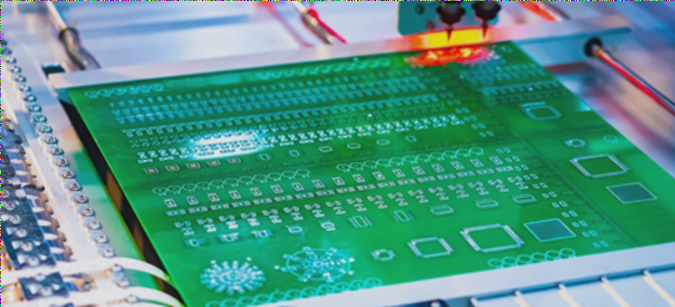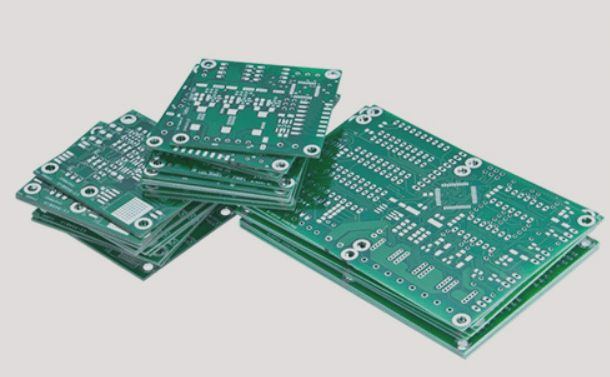Introduction to Types of PCB Boards: 2023 Best Guide for Global Buyers
Printed Circuit Boards (PCBs) form the backbone of modern electronics, enabling efficient electrical connections between components. As a leading PCB manufacturer in China, we provide this comprehensive guide to help international buyers understand PCB classifications, materials, and applications for optimal sourcing decisions.

What Are Printed Circuit Boards (PCBs)?
PCBs are non-conductive boards that mechanically support and electrically connect electronic components using conductive copper pathways. Unlike point-to-point wiring, PCBs offer:
- Higher reliability for complex circuits
- Compact designs with multilayer configurations
- Improved manufacturing efficiency for mass production
- Better heat dissipation in electronic devices
PCB Classification by Layer Count
Single-Layer PCBs (Best for Simple Circuits)
Ideal for low-cost electronic devices, these feature conductive copper on one side only. Perfect for:
- Basic consumer electronics
- Power supplies
- LED lighting systems
Double-Layer PCBs (Optimal for Mid-Range Complexity)
With conductive layers on both sides, these offer:
- Higher circuit density than single-layer
- Improved flexibility in design
- Cost-effective solution for IoT devices
Multilayer PCBs (Advanced Solution for Complex Applications)
Containing 3+ conductive layers, these are essential for high-performance electronics:
- Medical equipment
- Aerospace systems
- 5G communication devices

PCB Classification by Material Flexibility
Flexible PCBs (Ideal for Space-Constrained Applications)
Made from polyimide or polyester, these high-flex PCBs are perfect for:
- Wearable technology
- Automotive electronics
- Foldable smartphones
Rigid PCBs (Most Common in Industrial Applications)
These non-bendable boards offer:
- Superior durability for harsh environments
- High thermal resistance
- Applications in computer hardware (CPU, GPU)
Flex-Rigid PCBs (Hybrid Solution)
Combining both technologies, these are growing in popularity for:
- Military equipment
- Medical imaging devices
- Advanced automotive systems
PCB Mounting Technologies
Through-Hole Technology (THT)
Best for high-reliability applications where components need:
- Strong mechanical bonds
- High power handling
- Easy manual assembly
Surface Mount Technology (SMT)
The preferred choice for modern electronics offering:
- Smaller form factors
- Higher component density
- Faster automated assembly
Key PCB Materials for Global Manufacturers
| Material | Characteristics | Best Applications |
|---|---|---|
| FR4 | Flame retardant, epoxy-glass composite | Most common PCB substrate |
| Polyimide | High temperature resistance (-200°C to 300°C) | Flexible and rigid-flex PCBs |
| CEM-3 | Cost-effective FR4 alternative | Double-layer consumer electronics |
“Choosing the right PCB type and material significantly impacts product performance and manufacturing costs. Partner with experienced PCB suppliers in China for optimal solutions.”
How to Select the Right PCB for Your Project
Consider these factors when sourcing PCBs:
- Operating environment (temperature, humidity)
- Required circuit complexity
- Budget constraints
- Production volume needs
- Regulatory compliance requirements
For high-quality PCB manufacturing services with global export capabilities, contact our technical team today. We specialize in customized solutions for international buyers across industries.
